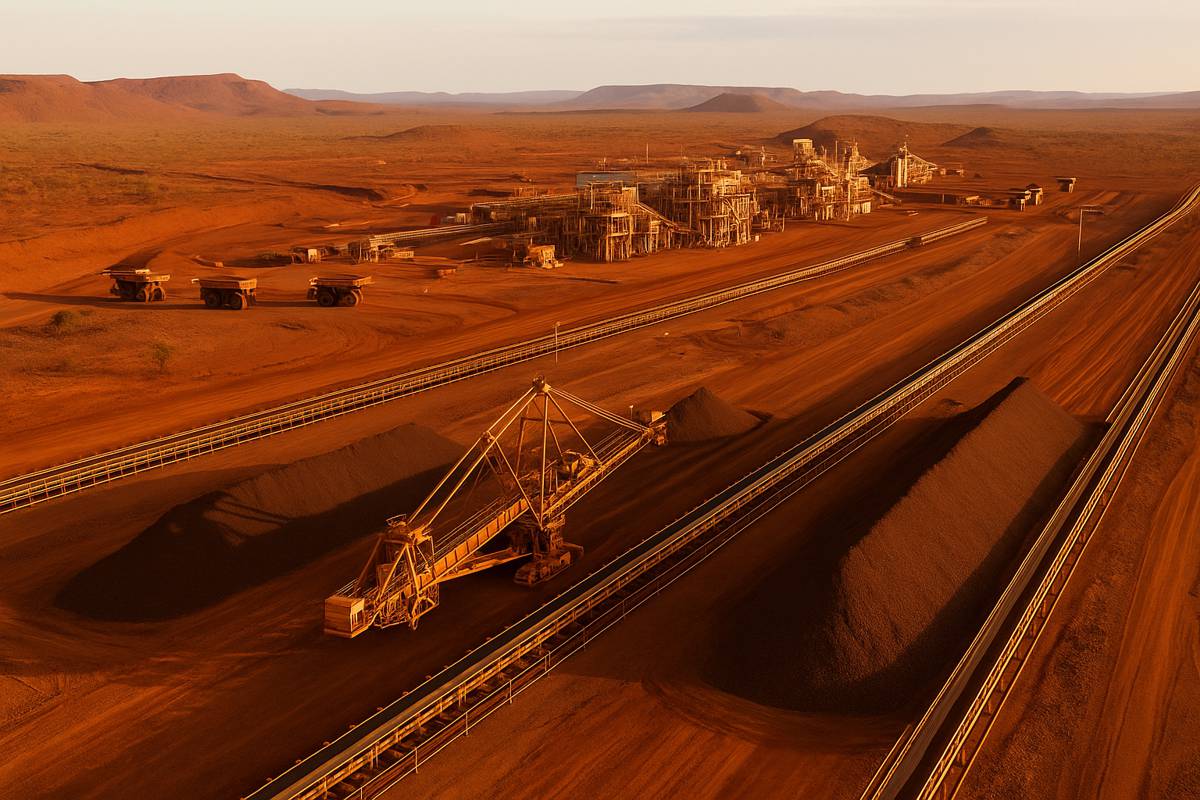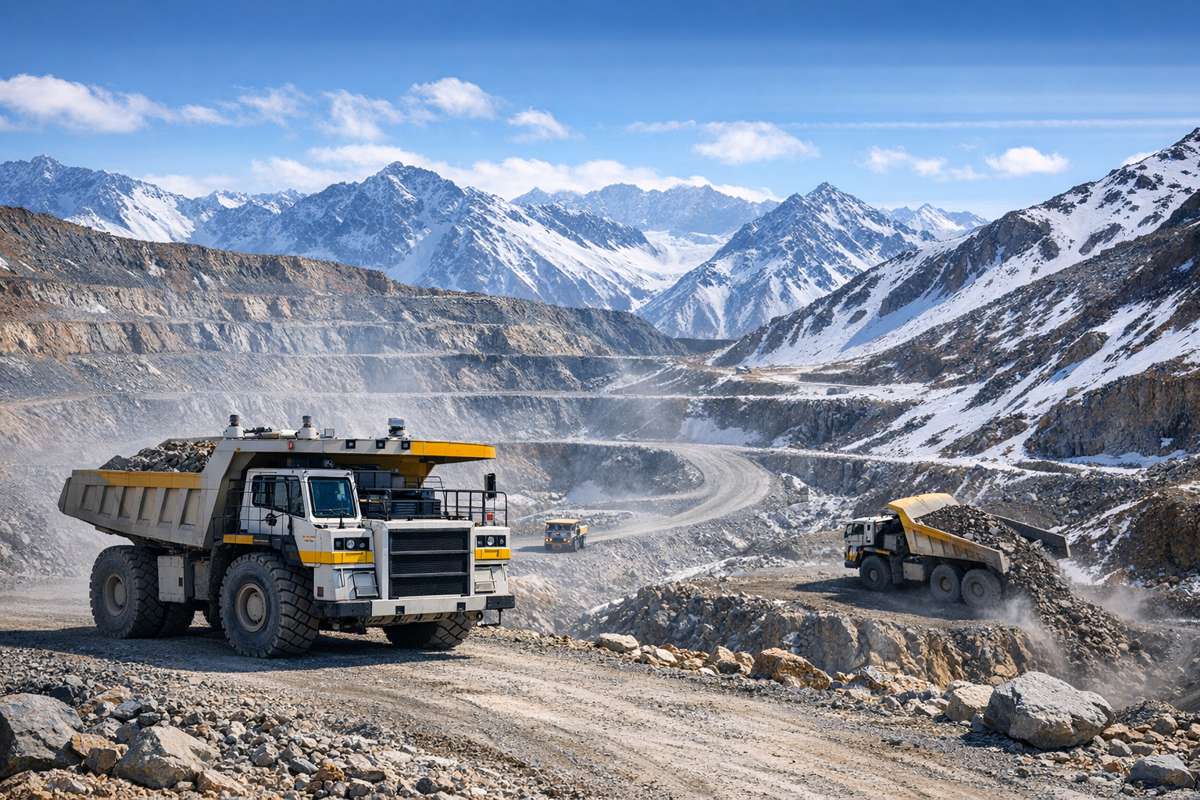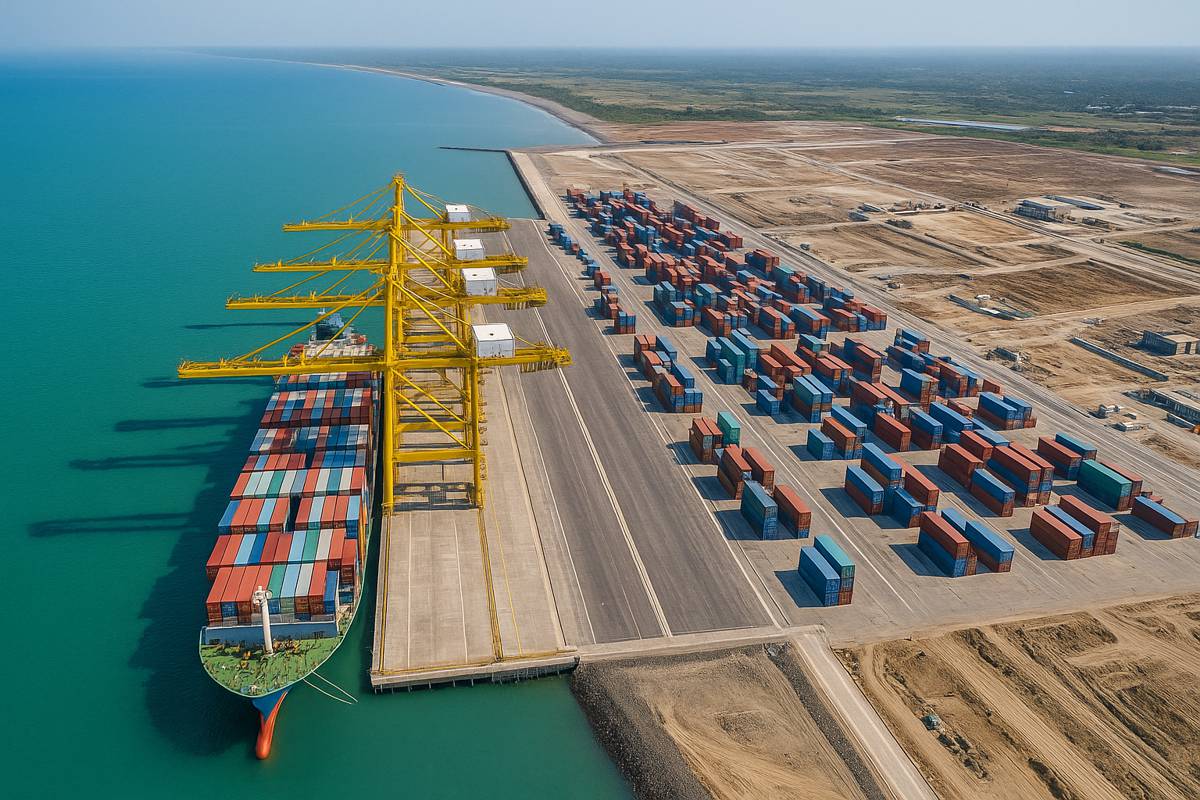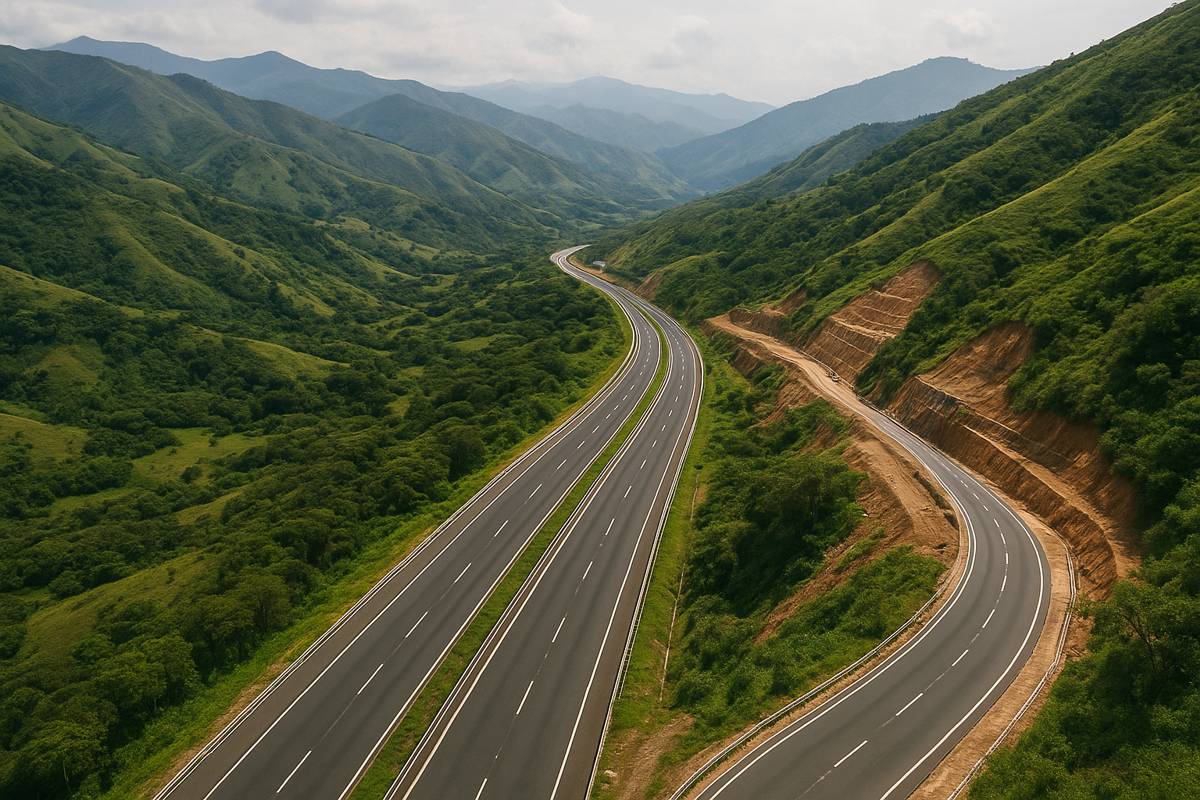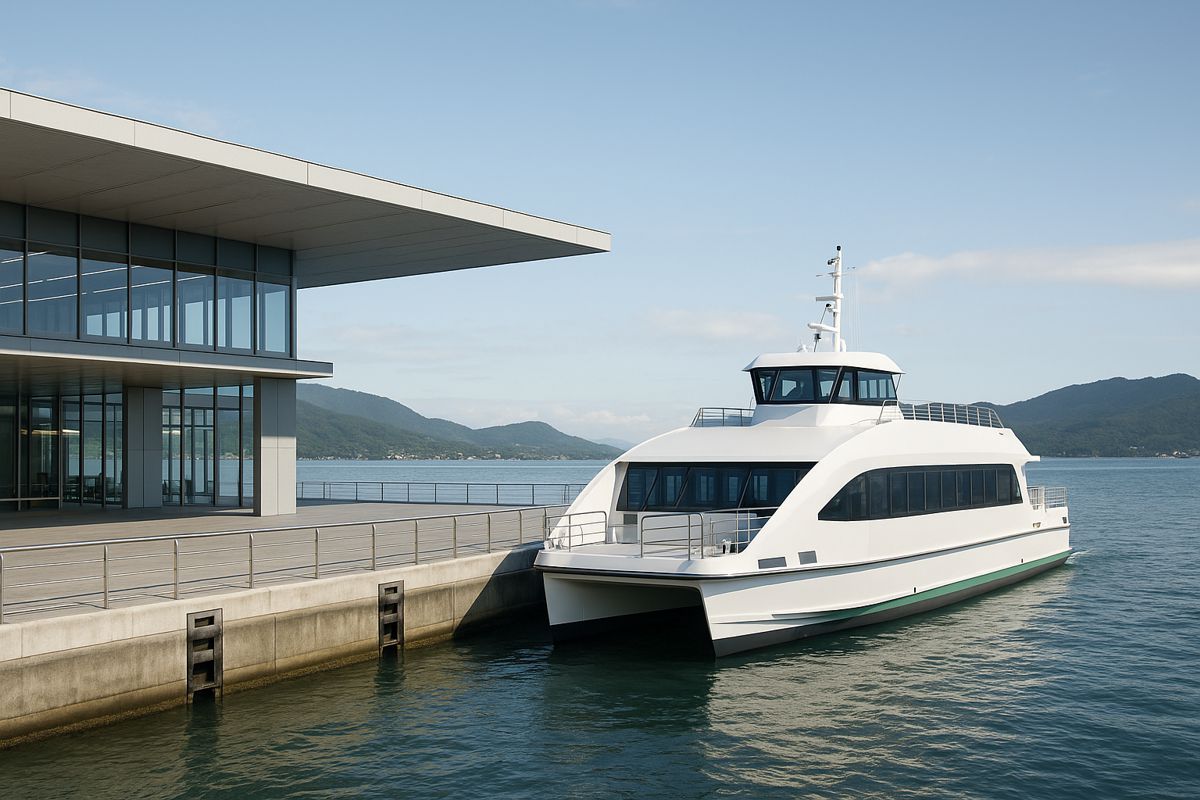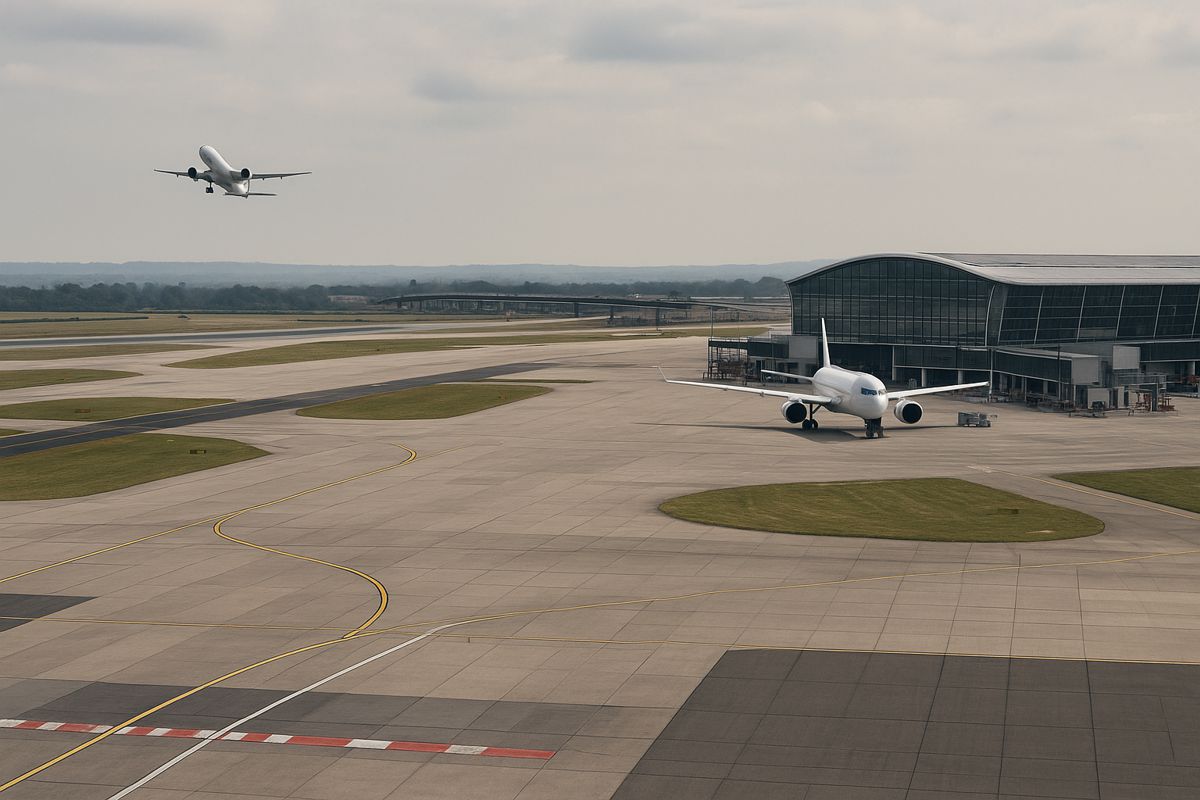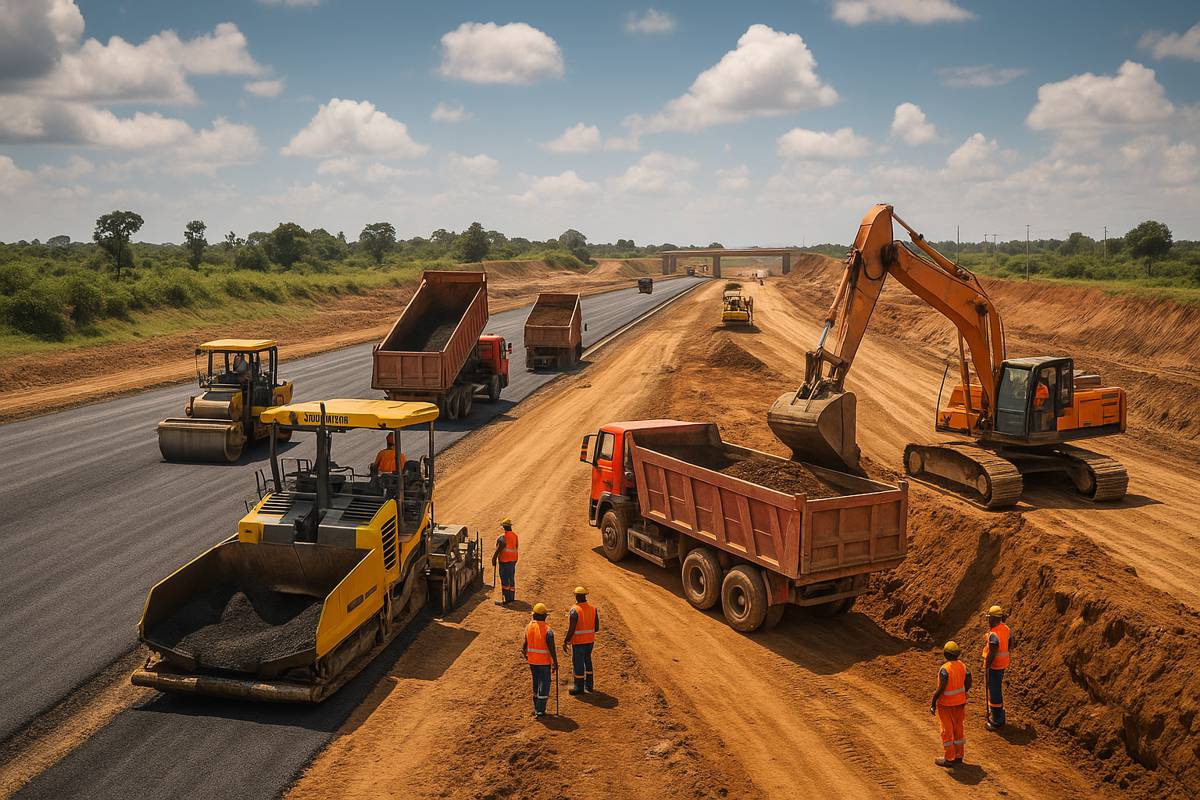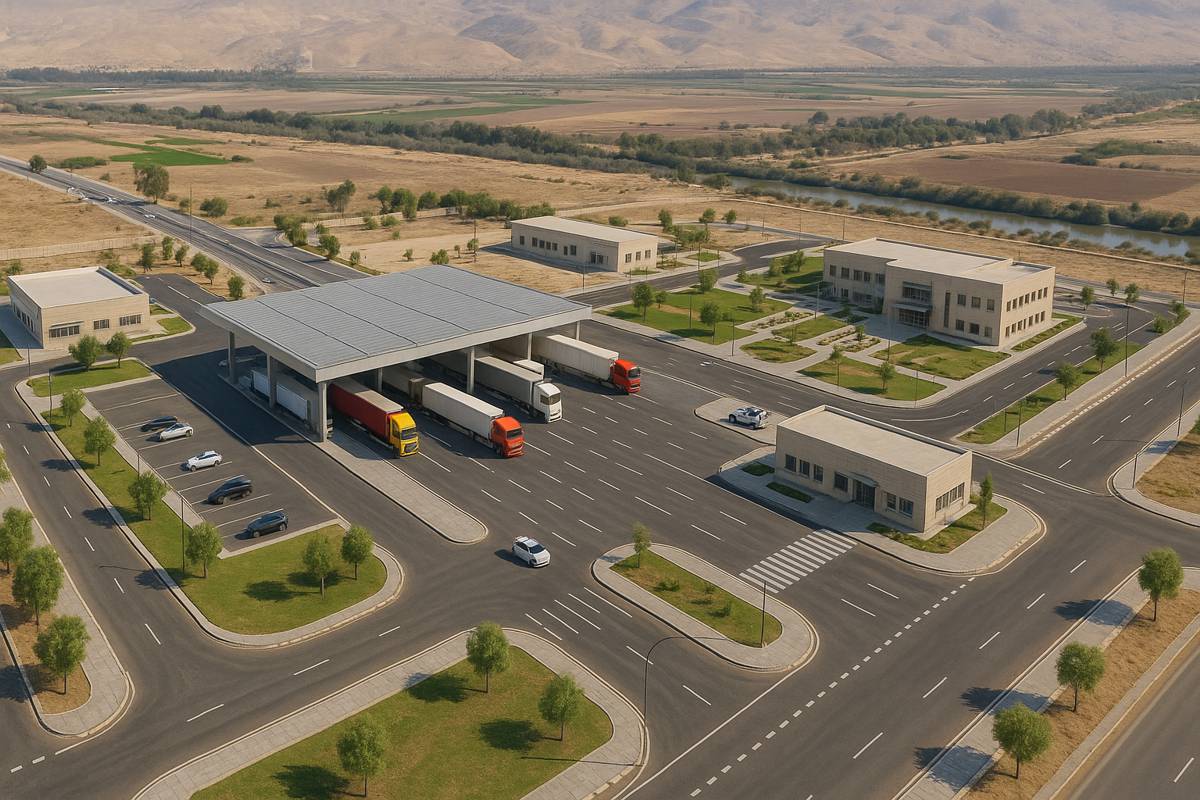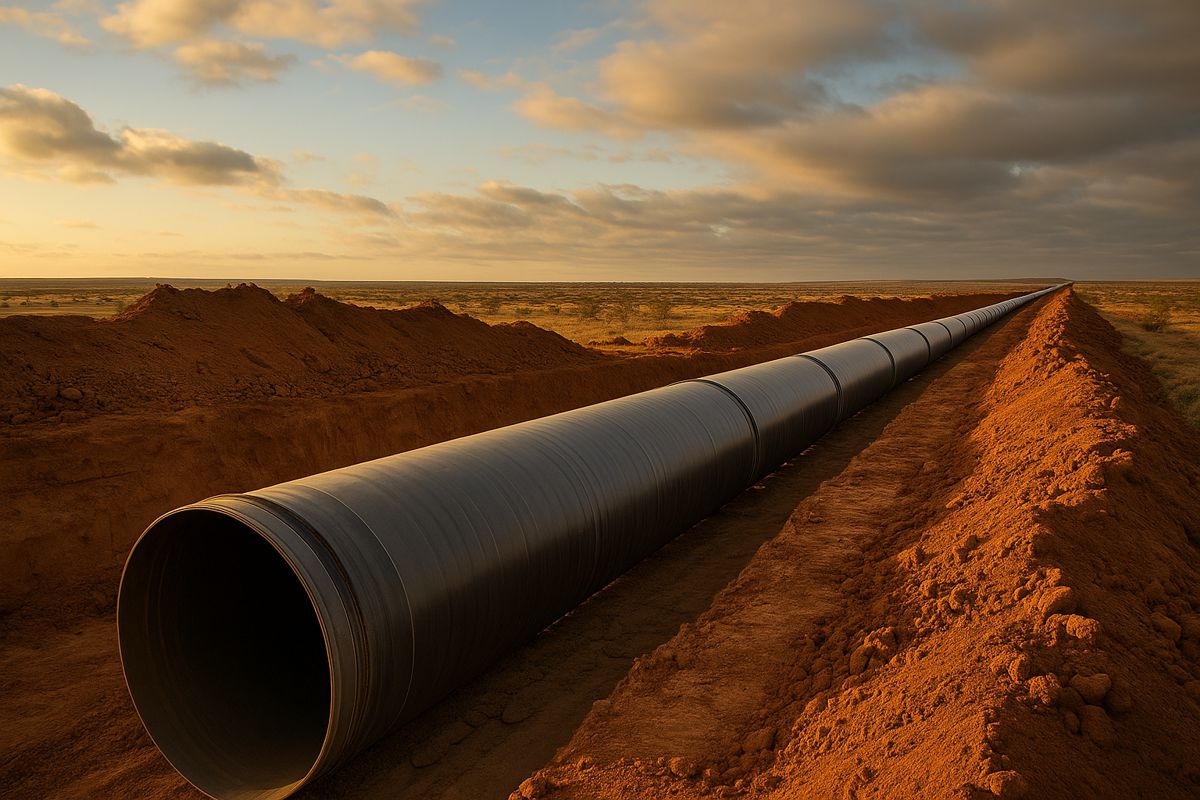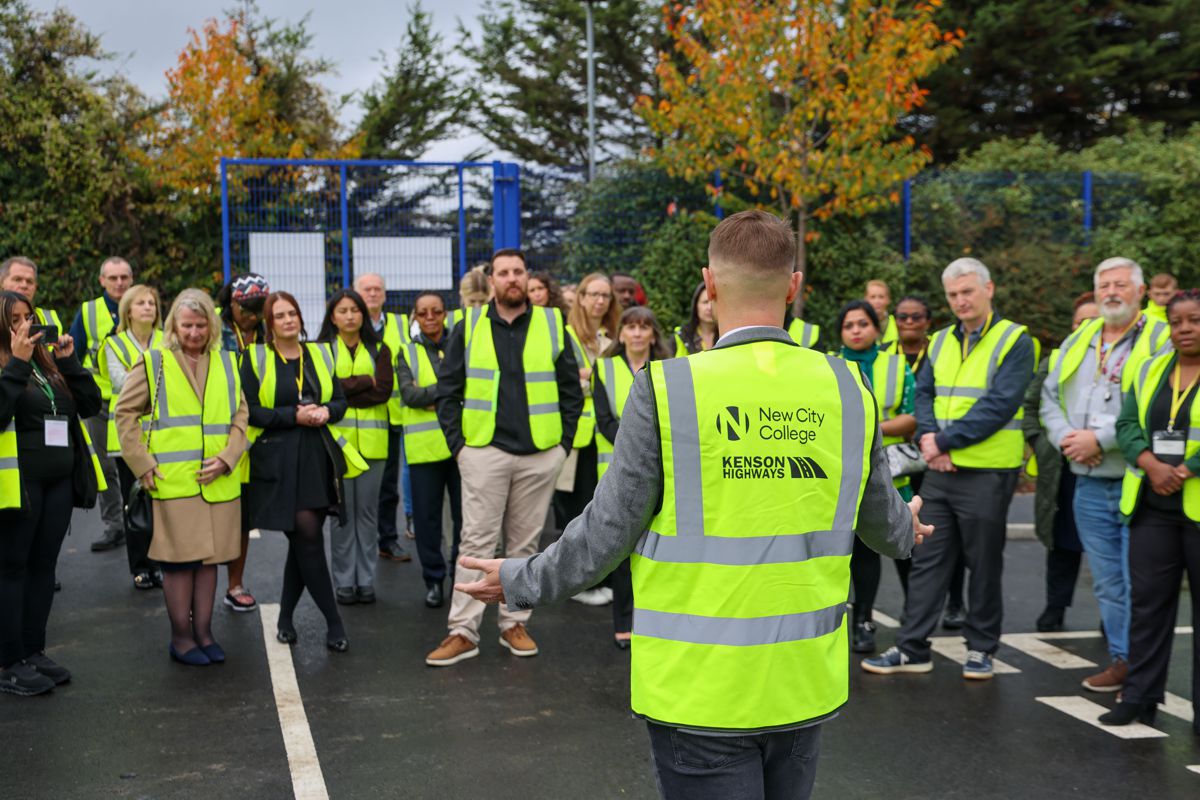Robe River Joint Venture boosts Pilbara’s Future with $733m Investment
In a significant move to strengthen Western Australia’s iron ore production, the Robe River Joint Venture partners, Rio Tinto, Mitsui, and Nippon Steel, have announced a US$733 million investment to develop new deposits at the West Angelas mine.
Rio Tinto’s share in this venture amounts to $389 million, underscoring its ongoing commitment to the Pilbara region’s global mining prominence.
Following the approval from both State and Federal Governments, the West Angelas Sustaining Project is now set to move forward. The development will ensure that the West Angelas hub continues to produce 35 million tonnes of iron ore annually, securing its role as a cornerstone of Western Australia’s mining sector for years to come.
Strengthening a legacy of collaboration
The West Angelas hub, operational since 2002, has been pivotal to Rio Tinto’s iron ore portfolio. The new project extends the life of this vital operation while deepening partnerships that have been built over decades.
Rio Tinto Iron Ore Chief Executive Matthew Holcz emphasised the importance of collaboration: “The West Angelas Sustaining Project is built on strong and committed partnerships, both with the joint venture members Mitsui and Nippon Steel, as well as the Yinhawangka and Ngarlawangga Peoples. The West Angelas hub has been an integral part of Rio Tinto Iron Ore since 2002. Securing these approvals ensures ongoing investment in the hub as we continue to supply high-quality, reliable iron ore to meet our global customers’ demand now and into the future.”
This statement highlights the project’s dual purpose, sustaining economic performance while ensuring the region’s cultural and environmental heritage remains protected.
Respecting heritage and culture
Rio Tinto has placed strong emphasis on working closely with the Yinhawangka and Ngarlawangga Peoples. Together, they co-designed Social Cultural Heritage Management Plans to ensure responsible development. These plans focus on preserving sacred sites and managing the surrounding environment to safeguard the area’s cultural identity.
This approach represents a marked shift from the past, as mining companies increasingly prioritise Indigenous collaboration, ensuring that resource development occurs with mutual respect and transparency.
Infrastructure expansion and autonomous operations
The new deposits will be seamlessly integrated into the existing West Angelas processing infrastructure. Plans include the construction of new non-process infrastructure precincts and 22 kilometres of haul roads to connect the expanded sites.
A key technological highlight of the project is the use of autonomous haulage systems. Ore from the new deposits will be transported to the central processing hub via driverless trucks, enhancing safety, efficiency, and sustainability. This aligns with Rio Tinto’s broader digital transformation strategy, which leverages automation across its Pilbara operations.
First ore from the West Angelas Sustaining Project is expected in 2027, marking another milestone in the evolution of smart mining practices across Australia.
Employment and economic impact
The development promises substantial employment opportunities for Western Australians. Around 600 jobs will be created during the construction phase, while the project will sustain approximately 950 full-time equivalent roles once operational. These positions span across operations, engineering, logistics, and maintenance, reinforcing Rio Tinto’s commitment to supporting local communities.
Beyond employment, the project will stimulate regional economic growth through contracting and supply opportunities for local businesses, particularly those in Indigenous and remote communities.
A cornerstone of Rio Tinto’s Pilbara strategy
The West Angelas Sustaining Project forms part of Rio Tinto’s broader suite of replacement projects designed to underpin the company’s future in the Pilbara. Together, these projects represent a combined capacity of around 130 million tonnes per annum (Mtpa), reinforcing Rio Tinto’s status as one of the world’s leading iron ore producers.
The Robe River Joint Venture remains a symbol of long-term industrial collaboration. Established in 1972, it initially operated in the Robe Valley near Pannawonica before expanding into West Angelas three decades later. Celebrating its 50th anniversary in 2022, the partnership continues to exemplify sustainable mining practices and technological advancement.
Rhodes Ridge on the horizon
While West Angelas remains a vital part of Rio Tinto’s operations, attention is also turning to future projects. Work is progressing on the pre-feasibility study for Rhodes Ridge, one of the world’s largest and highest-grade undeveloped iron ore deposits.
This project aims for an initial capacity of up to 40Mtpa, with first ore expected by 2030. Rhodes Ridge has the potential to redefine the next generation of Pilbara mining, integrating advanced environmental safeguards and AI-driven mining systems to deliver maximum output with minimal impact.
Driving sustainability through efficiency
Rio Tinto’s strategic investments demonstrate how efficiency and sustainability can work hand in hand. By extending the life of existing assets rather than expanding into untouched areas, the company reduces its environmental footprint while maintaining production levels. The autonomous haulage systems and advanced monitoring technologies also contribute to reduced emissions, improved safety, and optimised energy use.
Moreover, by engaging deeply with Traditional Owners, Rio Tinto sets an example for responsible resource management that other mining corporations are increasingly expected to follow.
A long-term commitment to Pilbara prosperity
The Pilbara remains the heartbeat of Australia’s iron ore sector, and the Robe River Joint Venture plays a defining role in sustaining its global reputation. As the mining landscape continues to evolve through automation, digitisation, and ESG-driven innovation, projects like West Angelas represent the blueprint for a smarter, cleaner, and more collaborative future.
A sustainable path forward
As the West Angelas Sustaining Project moves into development, it stands as a testament to long-term vision, cultural respect, and technological leadership. The $733 million investment not only ensures the continuation of iron ore output but also reinforces a model of mining that balances productivity with responsibility.
The Robe River Joint Venture’s enduring partnership demonstrates that progress in mining isn’t just about breaking ground, it’s about building relationships, protecting heritage, and ensuring that the benefits of development are shared for generations to come.
